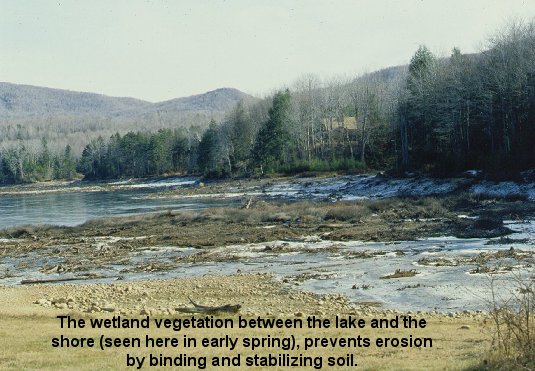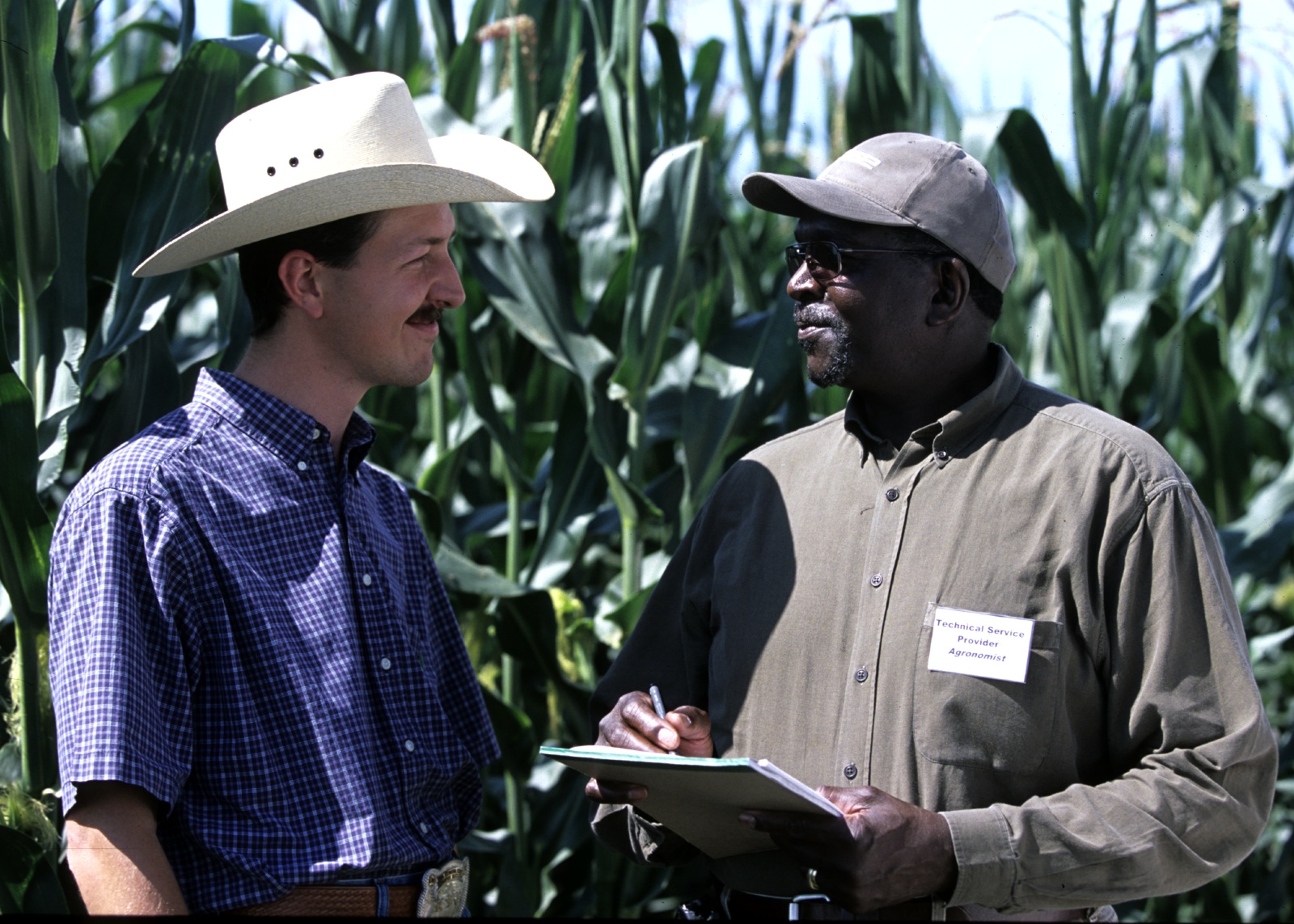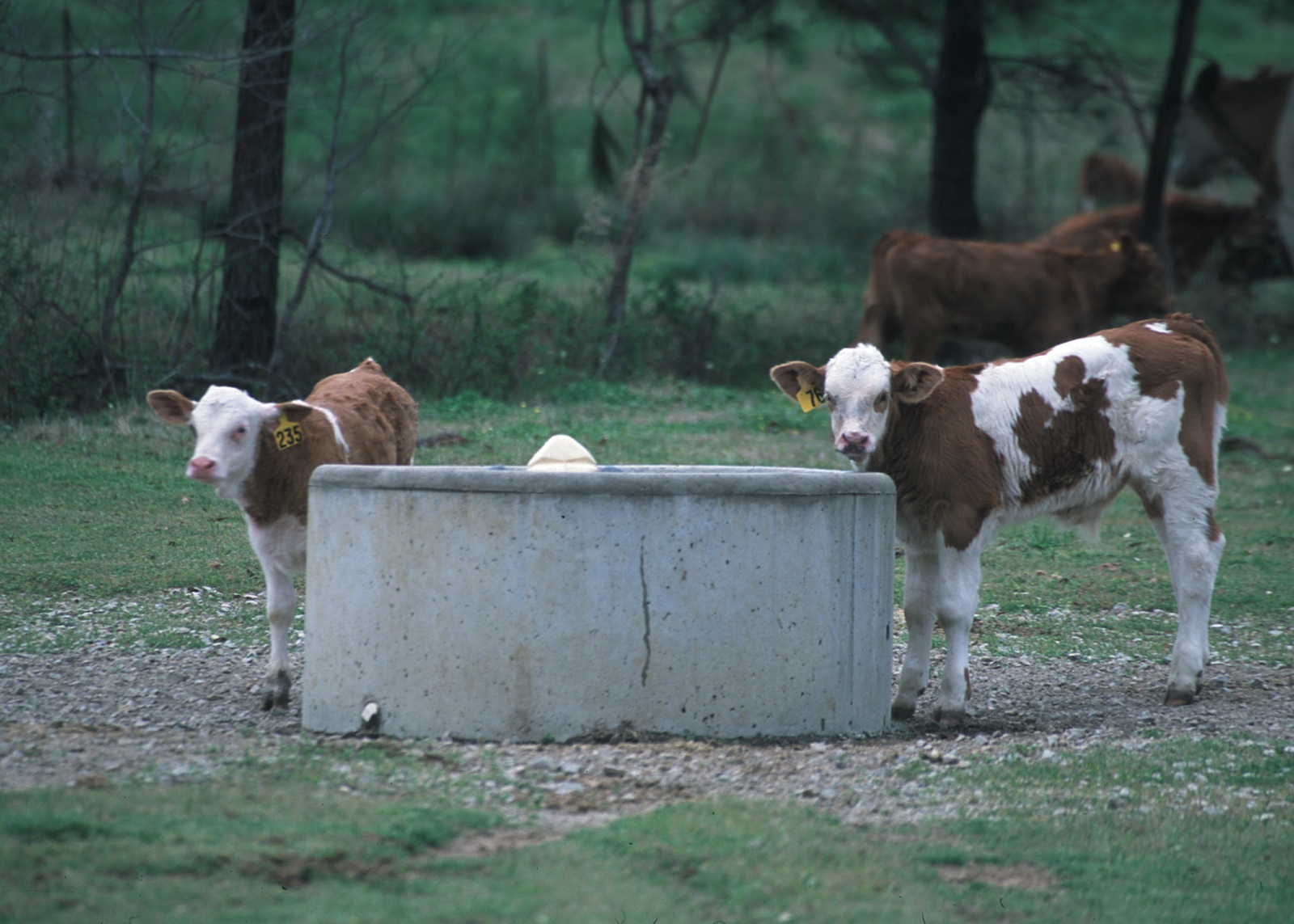-
Download:
My Results |
All BMPs
Nonstructural Shoreline Control
 The wetland vegetation between the lake and the shore (seen here in early spring), prevents erosion by binding and stabilizing soil. Source: Wetlands - Erosion Control, Watershed Management Division, the State of Vermont.
The wetland vegetation between the lake and the shore (seen here in early spring), prevents erosion by binding and stabilizing soil. Source: Wetlands - Erosion Control, Watershed Management Division, the State of Vermont.
Practice Type: Structural
Climatic Zones: Temperate
Regions: North America
Pollutants Treated: Nitrogen, Phosphorus, Sediment
Description: Nonstructural tidal shoreline erosion control projects are bioengineering techniques that create vegetated wetlands for protection of eroding shorelines. Vegetated wetlands dissipate incoming wave energy and prevent nutrient-laden sediments from entering the waters. A transition zone is created between the erodible uplands and open water. 1
Implementation Considerations: Establishing shoreline protection wetlands requires the use of land along the shoreline.
Scalable to small farms? No
1 Estimates of County-level Nitrogen and Phosphorus Data for Use in Modeling Pollutant Reduction Documentation for Scenario Builder Version 2.2." Chesapeake Bay. Dec. 2010. Web. May 2013. http://archive.chesapeakebay.net/pubs/SB_V22_Final_12_31_2010.pdf.
Nutrient Management
 Technical service providers (TSP) discuss nutrient management at a training session in Dallas County, Iowa. Photographer: Lynn Betts. Photo Courtesy of USDA NRCS.
Technical service providers (TSP) discuss nutrient management at a training session in Dallas County, Iowa. Photographer: Lynn Betts. Photo Courtesy of USDA NRCS.
Practice Type: Management
Landuse/Agriculture Type: Row Crop, Pasture, Fodder, Rice, Small Grains, Animal Confinement, Palm
Climatic Zones: Temperate, Semiarid, Tropical
Regions: North America, South Asia, Europe
Pollutants Treated: Nitrogen, Phosphorus, Sediment
Description: Nutrient management is a set of conservation practices designed to ensure that nutrients are applied according to crop needs and in a way that they can be utilized most effectively by the crop and reduce losses from the field. The core principals of nutrient management, often referred to as the 4 R’s of nutrient stewardship, refer to applying the right source of plant nutrients, at the right rate, at the right time, and at the right place. Proper nutrient management can result in the reduced need for fertilizers, higher yields, and reduced environmental impacts. Nutrient management tools and techniques for ensuring proper rate, timing, placement and balance of nutrients can include nutrient management plans, soil and plant tissue testing, fertilizer incorporation, split fertilizer applications, and so on.1
Implementation Considerations: Nutrient management is one of the most cost-effective best management practices and can in fact result in reduced costs to the producer through reduced fertilizer application with little to no trade-offs in yield. Low tech and high tech options exist for implementing good nutrient management practices. Many other practices, such as manure management are components of nutrient management. Nutrient management is often based on soil testing and crop testing and understanding of soil, climate and cropping practices.
Scalable to small farms? Yes
1 Kaushik Majumdar, Adrian M. Johnston, Sudarshan Dutt, T. Satyanarayana, and Terry L. Roberts. Indian Journal of Fertilizers., (2013). Fertiliser Best Management Practices. Concept, Global perspectives and Applications. Volume 9 (4), pp. 14-31.
Nutrient Management Plan
 NRCS agronomist and a dairy manager download software in the field on nutrient management from the NRCS website. Photo Courtsey of USDA NRCS.
NRCS agronomist and a dairy manager download software in the field on nutrient management from the NRCS website. Photo Courtsey of USDA NRCS.
Practice Type: Management
Landuse/Agriculture Type: Row Crop, Pasture, Fodder, Rice, Animal Confinement, Palm Oil
Climatic Zones: Temperate, Semiarid, Tropical
Regions: North America, South Asia, Europe
Pollutants Treated: Nitrogen, Phosphorus, Sediment
N Efficiency1: 5%
P Efficiency1: 8%
S Efficiency1: 0%
Description: A Nutrient Management Plan helps describe the optimum use of nutrients for maintaining yields while minimizing nutrient losses. Nutrient management plans are generally written by an agricultural expert or in some cases by the producer himself (often with the aid of nutrient management software). The plans detail the type, rate, timing, and placement of nutrients for each crop and are based on soil type, slope, cropping system, yield potential and residual nutrients. In the United States some states, for example Maryland, require that agricultural operations obtain and implement nutrient management plans. 2
Implementation Considerations: In semi-arid regions, knowing the proper application rates can be difficult to determine as a result of widely variable yields based on year-to-year shifts in precipitation. Precipitation probabilities, soil moisture at planting and acceptable farmer risk will play a role in developing recommended rates.
Scalable to small farms? Yes
Scaling Considerations: Requires outside expertise from extension or other sources
1 "Documentation: Source Data, BMP Effectiveness Values." Chesapeake Assessment Scenario Tool. Web. 2013. http://casttool.org/Documentation.aspx .
2 Johnston, Adrian. "Fertilizers BMPs-How Do You Measure Up?" News & Views. Potash & Phosphate Institute (PPI) and the Potash & Phosphate Institute of Canada (PPIC), Jan. 2005. Web. June 2014. http://www.ipni.net/ppiweb/ppinews.nsf/0/31438C1A0ADF288F85256F8E0064C191/$FILE/Fertilizer BMPs.pdf.
Off-stream Watering Facilities/Alternative Watering facilities
 A water tank in a pasture combined with fencing keeps cattle out of critical riparian area in Lamar County, Georgia.Photographer: Jeff Vanuga. Photo Courtsey of USDA NRCS.
A water tank in a pasture combined with fencing keeps cattle out of critical riparian area in Lamar County, Georgia.Photographer: Jeff Vanuga. Photo Courtsey of USDA NRCS.
Practice Type: Structural
Climatic Zones: Temperate, Semiarid, Tropical
Regions: North America, Europe, South America, South Asia, South Africa
Pollutants Treated: Nitrogen, Phosphorus, Sediment
N Efficiency1: 5%
P Efficiency1: 8%
S Efficiency1: 10%
Description: Off-stream watering systems provide an alternative source of water for livestock, minimizing the time that livestock spend near streams and streambanks. In turn this reduces the direct manure deposition to streambeds and banks and reduces streambank erosion and resulting sedimentation. Off-stream water systems can be permanent or portable troughs or tanks that are placed away from streams or other open waters. The source of water supplied to the facilities can be from any source including pipelines, spring developments, water wells, and ponds. 2
Implementation Considerations: Offstream watering can achieve most of the benefits of streambank fencing at a much smaller cost.
Scalable to small farms? Yes
1 "Documentation: Source Data, BMP Effectiveness Values." Chesapeake Assessment Scenario Tool. Web. 2013. http://casttool.org/Documentation.aspx .
2 Kleinman, Peter, Larry Geohring, and Tammo Steenhuis. "Chesapeake Bay Scenario Builder Section 6: Best Management Practices For Nutrients and Sediment." Chesapeake Bay Phase 5.3 Community Watershed Model. Web. June 2013. ftp://ftp.chesapeakebay.net/modeling/P5Documentation/SECTION_6.pdf.
Palm Oil Mill Effluent (POME) Land Application
Category: Nutrient Recycling
Practice Type: Management
Landuse/Agriculture Type: Palm Oil
Climatic Zones: Tropical
Regions: South Asia, Africa, South America
Pollutants Treated: Nitrogen, Phosphorus, Sediment
Description: Palm oil mill effluent (POME) is one of the most difficult waste products from palm oil production to handle as it is in liquid form. As a result it is often released into the environment. Raw POME has Biological Oxygen Demand (BOD) values averaging around 25,000 mg/litre, a value that is about 100 times more than that of domestic sewage. If released into the waterbodies it can result in oxygen depletion. Land application processed POME anaerobic sludge to fields or compost can prevent its direct discharge into the environment and provide a good source of nutrients to crops. 1
Implementation Considerations: Palm oil mill effluent can be expensive to transport.
Scalable to small farms? No
Scaling Considerations: Comment from Art: I am not familiar with Palm Oil cultivation. I don't know if it done by small, limited resource farmers.
1 "Palm Oil BMP: Reduced Fertilizer Use." World Wildlife Fund for Nature. Web. http://wwf.panda.org/what_we_do/footprint/agriculture/palm_oil/solutions/roundtable_on_sustainable_palm_oil/better_management_practices/fertilizer_use/ .
Practice Type: Management
Landuse/Agriculture Type: Palm Oil
Climatic Zones: Tropical
Regions: South Asia, Africa, South America
Pollutants Treated: Nitrogen, Phosphorus, Sediment
Description: Palm oil mill effluent (POME) is one of the most difficult waste products from palm oil production to handle as it is in liquid form. As a result it is often released into the environment. Raw POME has Biological Oxygen Demand (BOD) values averaging around 25,000 mg/litre, a value that is about 100 times more than that of domestic sewage. If released into the waterbodies it can result in oxygen depletion. Land application processed POME anaerobic sludge to fields or compost can prevent its direct discharge into the environment and provide a good source of nutrients to crops. 1
Implementation Considerations: Palm oil mill effluent can be expensive to transport.
Scalable to small farms? No
Scaling Considerations: Comment from Art: I am not familiar with Palm Oil cultivation. I don't know if it done by small, limited resource farmers.
1 "Palm Oil BMP: Reduced Fertilizer Use." World Wildlife Fund for Nature. Web. http://wwf.panda.org/what_we_do/footprint/agriculture/palm_oil/solutions/roundtable_on_sustainable_palm_oil/better_management_practices/fertilizer_use/ .
